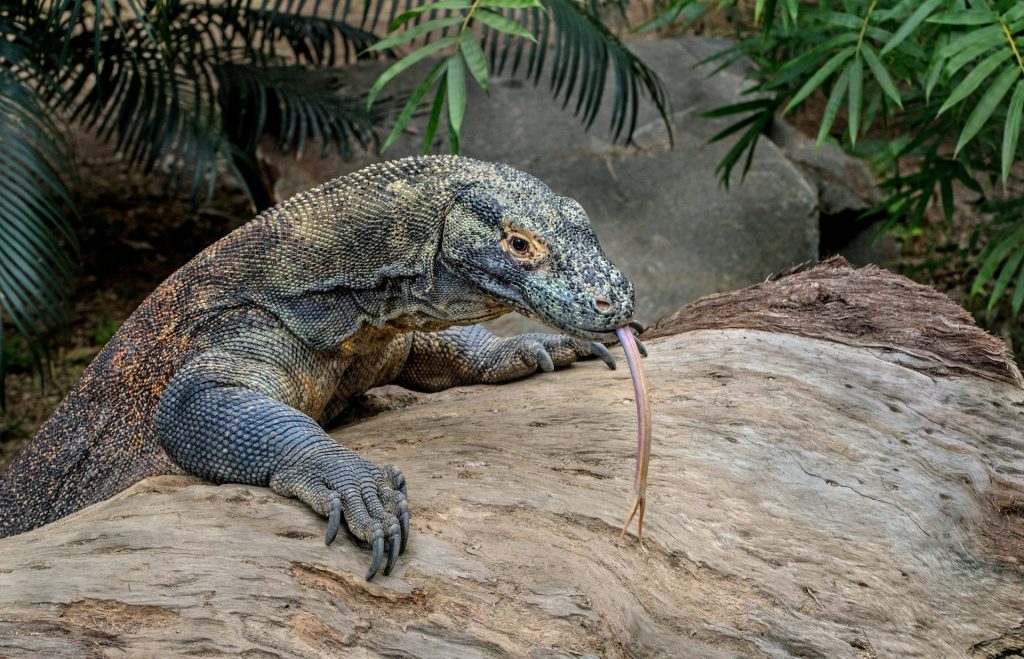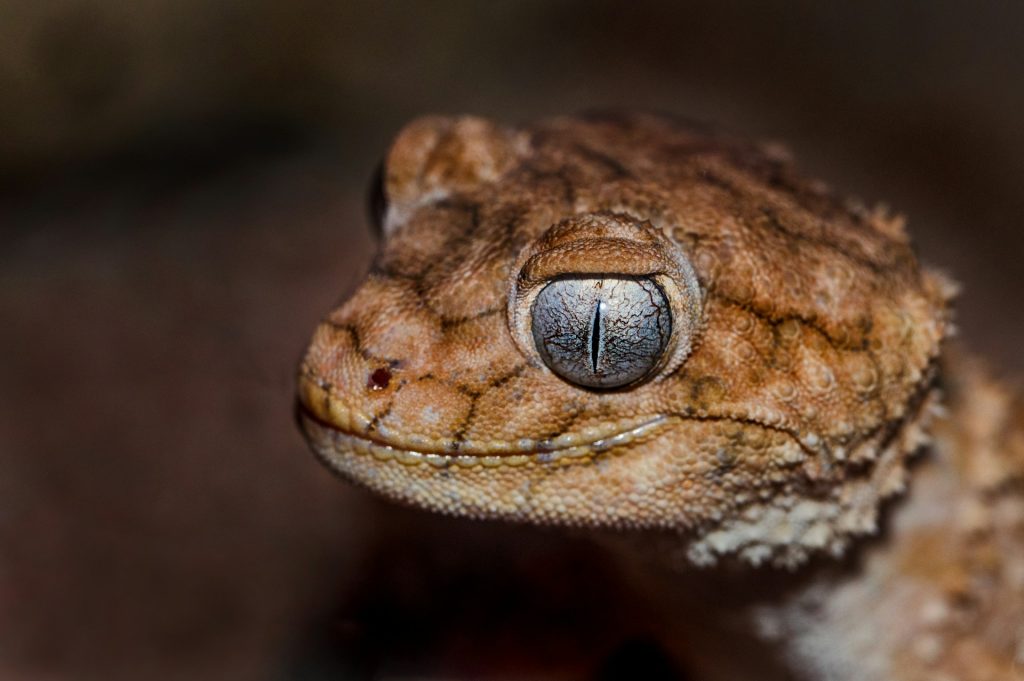Welcome to the reptile kingdom! These fascinating creatures, belonging to the class Reptilia, have captured the imagination of humans for centuries. From the iconic turtles and crocodiles to the enigmatic snakes and lizards, reptiles exhibit a remarkable array of adaptations and behaviors. In this exploration of the reptile world, we’ll delve into their evolutionary history, unique features, economic importance, and extraordinary size range.

Evolutionary Journey: From Ancient Ancestors to Modern Marvels
Reptiles trace their origins back millions of years to a common ancestor shared with birds. The class Reptilia encompasses diverse groups, including turtles, tuatara, lizards, snakes, and crocodiles. While birds technically belong to the reptile lineage, they are often treated separately due to their distinct characteristics.
During the Middle Pennsylvanian Epoch, reptiles and synapsids diverged from a common ancestor. Synapsids eventually gave rise to mammals, while reptiles embarked on their own evolutionary trajectory. Over time, reptiles developed unique features such as internal fertilization, amniotic development, and epidermal scales, which distinguish them from other vertebrates.
Exploring Reptilian Anatomy: Scales, Skeletons, and Reproduction
One of the defining features of reptiles is their continuous external covering of epidermal scales, made primarily of keratin. These scales come in various sizes and shapes, from the microscopic tubercular scales of dwarf geckos to the large scutes covering the shells of turtles and crocodiles.
Reptiles exhibit several anatomical characteristics that set them apart from other vertebrates. These include a single occipital condyle, midventral keels on cervical vertebrae, and a lack of an anterior coronoid bone in the lower jaw. Reproduction in reptiles can be internal or external, with most species laying shelled eggs containing embryos enclosed in an amnion.

Economic Importance: From Pest Control to Biomedical Research
While reptiles may not hold the same commercial value as fowl and hoofed mammals in the agriculture industry, they play crucial roles in pest control and ecological services. Lizards control insect pests, snakes prey on rodents, and turtles are harvested for food in many tropical areas.
Reptiles have also contributed significantly to biomedical and basic biological research. Studies on snake venom have led to advancements in heart attack care and pain management drugs. Additionally, reptile research provides valuable insights into evolutionary biology and physiological mechanisms.
The Incredible Size Range of Reptiles: From Nano-Chameleons to Giant Crocodiles
Reptiles exhibit a vast range of sizes, from the tiny nano-chameleon measuring just over 20 millimeters to the massive saltwater crocodile exceeding 7 meters in length. Some extinct reptile groups, such as sauropod dinosaurs and marine reptiles like pliosaurs, were among the largest animals to ever inhabit the Earth.
Despite their diverse sizes and morphologies, modern reptiles are no match for their largest extinct counterparts. Archelon, a genus of extinct marine turtles, dwarfed the modern leatherback sea turtle, while ancient crocodiles like Phobosuchus surpassed today’s largest species in size.

As we conclude our journey through the reptile world, we’re left in awe of the incredible diversity and evolutionary history of these fascinating creatures. From their ancient ancestors to modern marvels, reptiles continue to captivate and inspire us with their remarkable adaptations and behaviors. Whether they’re soaring through the skies, slithering across the ground, or basking in the sun, reptiles remind us of the wondrous variety of life on our planet.





